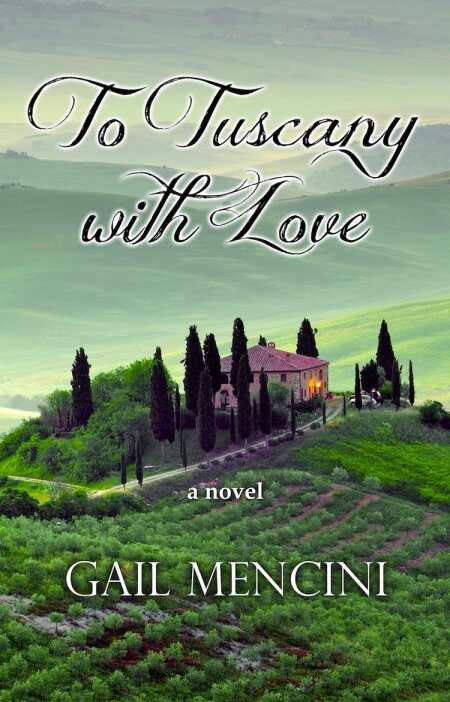To Tuscany with Love
This debut work is a clear-eyed look at the many ways plans can derail, and at the resilience of those who get back on track.
Four men, four women, one college semester in Italy. Gail Mencini’s debut novel adds the volatility of young love to an enchanting landscape. Bella Rossini’s love triangle, supplemented by the stories of her friends, is a passionate entanglement that complicates the course of her life. The majority of the novel unfolds in alternating snapshots that capture what happened years after their excursion abroad. Sweeping through decades to bring the cast back to a midlife reunion, the author portrays how disappointments in marriage, loss, children, and other events shaped the group. It culminates with the acknowledgment that some flames never die out.
To Tuscany with Love revels in the romance novel’s occasional conventions, including extremely wealthy men as love interests—such as the host of the overseas reunion, who foots the bill for his friends—seductive conversations, and a fiery, capable protagonist who is relentlessly pursued. The more rewarding elements include the theme of travel as a restorative force; Italy emerges not as a touristic, escapist destination, but as a place with deep significance in the characters’ search for forgiveness and a new sense of direction.
Several attempts at heightening the drama detract from the work. One extended scene depicts Middle Eastern travelers in stereotypical fashion, with characters making disparaging references to “camel jockeys” and the possibility of a bomb, among other comments. The scene is a detour that mainly serves to drive two of the women into the arms of their American protectors, who seize the opportunity for romantic interludes.
In another chapter, a passing mention that one of the characters died leads to a brief introduction of her daughter, who is quickly struck by a car and killed, all within the span of a few pages. Disturbing revelations about several characters embellish a plot that is already rife with deceptions. These include one man’s spouse suggesting that he may not have fathered his daughter, and another woman discovering her fiancé’s tryst with a flower shop employee shortly before their wedding.
More finely detailed character development and fewer victims of circumstance would strengthen the novel. Despite the tendency to race through pivotal events, what emerges is a clear-eyed look at the many ways plans can derail, and at the resilience of those who get back on track to pursue longstanding dreams.
This is a wishful, entertaining account of the realization that old friendships can restart to provide support amid hardship.
Reviewed by
Karen Rigby
Disclosure: This article is not an endorsement, but a review. The publisher of this book provided free copies of the book and paid a small fee to have their book reviewed by a professional reviewer. Foreword Reviews and Clarion Reviews make no guarantee that the publisher will receive a positive review. Foreword Magazine, Inc. is disclosing this in accordance with the Federal Trade Commission’s 16 CFR, Part 255.

